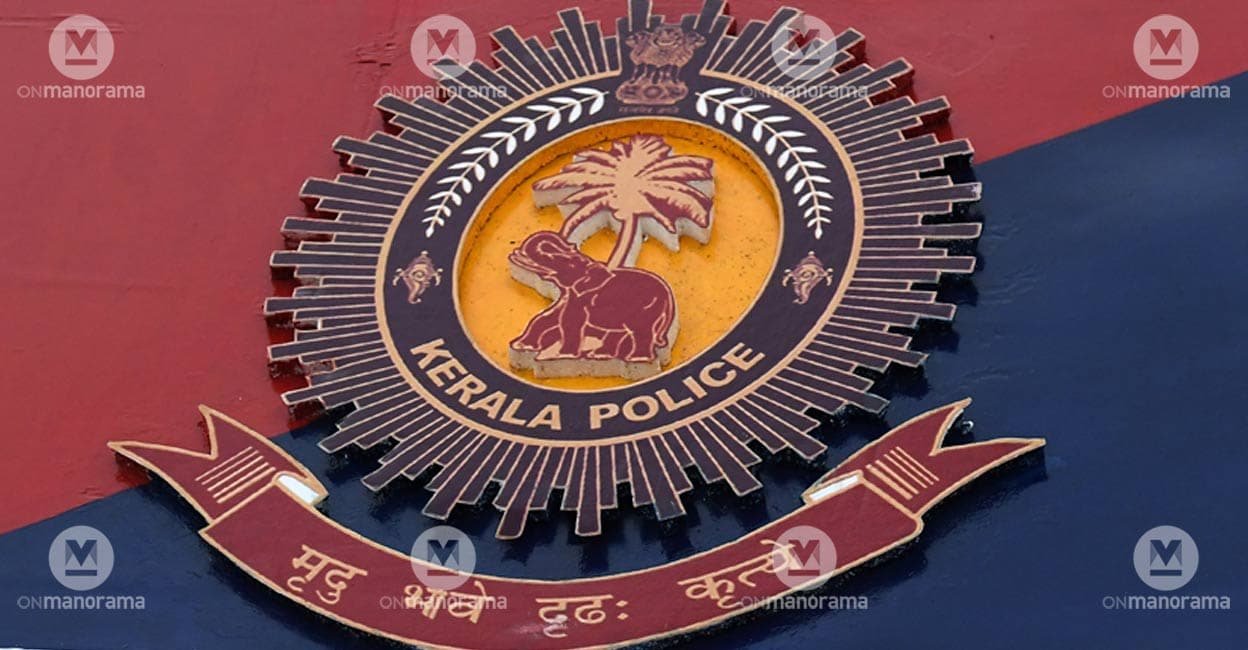“`html
9-year-old’s Hand Amputation: FIR Against 2 Accused Doctors of Palakkad District Hospital
It was a typical bustling day at the Palakkad District Hospital, where the corridors often echoed with the clamor of rushing nurses and echoing announcements. Little did anyone know, a sequence of decisions—seemingly routine—would lead to a medical calamity that would shake the trust in healthcare systems across India. Vinodhini, a 9-year-old girl, had come to the hospital with a minor injury, but an alleged oversight soon led to something drastically more dire: the amputation of her hand.
Understanding the Case
The incident has sparked widespread outrage and has put the spotlight on medical negligence within Indian healthcare. On November 4, following a complaint by Vinodhini’s family, the police recorded her mother’s statement, which detailed a harrowing account of alleged negligence. The complaint highlights significant errors in judgment and care that culminated in an irreversible outcome.
In response, an FIR (First Information Report) has been registered against two doctors involved in the case. Under the Bharatiya Nyaya Sanhita Section 125b, firm legal actions are anticipated against the accused, marking a critical step towards accountability.
Medical Negligence: A Growing Concern
Medical negligence is not new to India’s healthcare narrative, but the Vinodhini case is emblematic of systemic issues that can have life-altering consequences. According to a report by the Indian Medical Association, at least 5% of all hospital-related complaints involve some form of negligence. With over a billion lives depending on healthcare systems, these numbers serve as stark reminders of the need for improved patient safety protocols.
Technology’s Role in Preventing Medical Errors
Globally, technology has been heralded as a game-changer in the fight against medical errors. From AI-assisted diagnostic tools to real-time monitoring systems, tech innovations offer promising avenues for reducing human error. Major tech outlets have spotlighted advances in medical AI, such as artificial intelligence in medical diagnosis and language models (LLM) for healthcare analysis, which could redefine the future of patient care.
According to [TechCrunch], the integration of AI in hospitals shows a potential reduction in diagnostic errors by up to 20%. This can be instrumental in cases like Vinodhini’s, where early and accurate diagnosis could prevent catastrophic decisions.
Legal and Ethical Implications
As the legal proceedings unfold, the case underscores the urgent need for stringent laws and ethical guidelines around medical practice. While India’s legal framework—like the Bharatiya Nyaya Sanhita—provides mechanisms to address such failures, their effective implementation remains a challenge. Legal experts often emphasize the role of medical malpractice lawyers in navigating these complex cases, advocating for victims’ rights and ensuring healthcare accountability.
The aftermath of medical negligence can be long-lasting, affecting the victim’s quality of life and the family’s trust in medical institutions. This case invites a broader discussion on how society can safeguard itself against similar tragedies.
The Path Forward
The Vinodhini case is a call to action for all stakeholders in the healthcare ecosystem—from policymakers and healthcare providers to technology innovators. Embracing a culture of safety and vigilance, enhanced by technology, can lead to substantial improvements in patient care standards.
| Year | Reported Cases | Legal Actions Taken | Technology Implementation |
|---|---|---|---|
| 2020 | 2,500 | 1,800 | 15% |
| 2025 | 3,200 | 2,400 | 30% |
Conclusion
The tragic incident in Palakkad serves as a poignant reminder of the stakes involved in healthcare. As the tech world continues to evolve with innovations that could prevent such outcomes, the onus is on medical institutions to integrate these tools effectively. For the tech community, this is a clarion call to innovate with empathy and a focus on safety, ensuring that technology serves as a protective barrier against human fallibility.
Let us all advocate for stronger checks and balances, leveraging the power of technology to pave the way for safer, more reliable healthcare.
Related Reading
- Jeff Bezos’ Fortune Jumps $10 Billion In A Day As OpenAI Deal Boosts Amazon Stock
- KOSA and MegazoneCloud to Lead Korea’s AI-SW Delegation at ADIPEC 2025
- Explained: Did PewDiePie’s AI chatbots really rebel against him? Truth behind viral ‘Council’ experiment
“`




